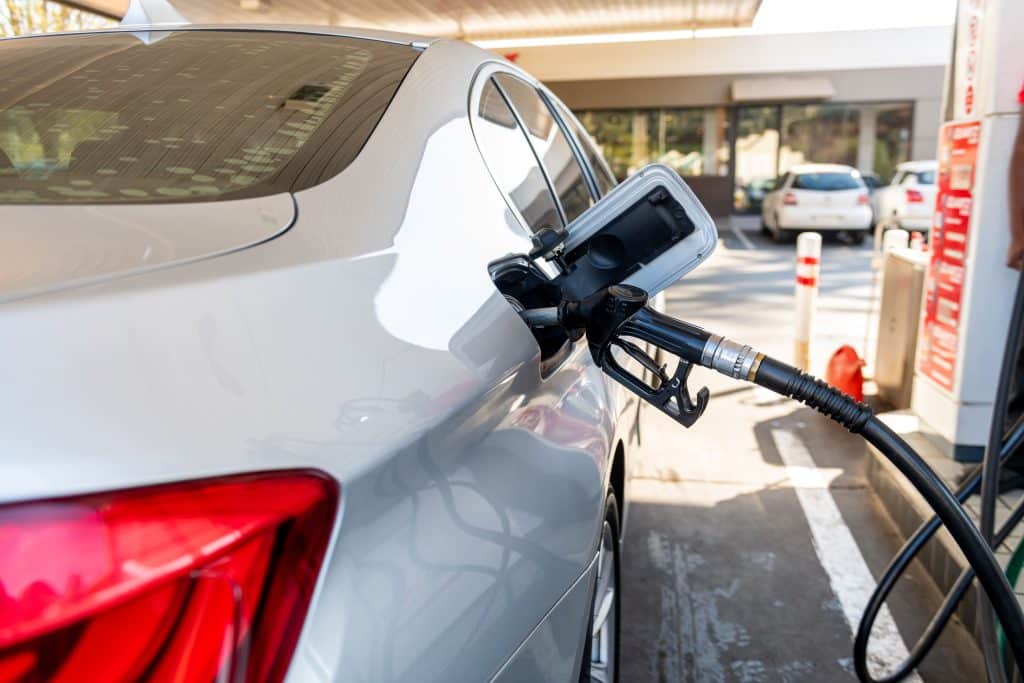Implemented in Cameroon since 2012, the Chemical Marking Programme for petroleum products continues to delight the Cameroonian authorities. In a recent release, the Cameroonian Ministry of Water and Energy (MINEE) states that “the Chemical Marking Programme for petroleum products has made it possible to reduce the pollution rate from 1.28% in 2021 to 0.94% on 30 September 2022”, a reduction of 0.34% in one year.
According to the Cameroonian company Hydrocarbures, analyses et contrôles (HYDRAC), a subsidiary of the Société nationale des hydrocarbures (SNH), the chemical marking of petroleum products consists of introducing minute quantities of markers or tracers into petroleum products, depending on their taxation and destination. Repeated spot checks are then carried out in the field using appropriate equipment, enabling all forms of fraud to be detected almost instantly. Mixing petroleum products with water or other incompatible substances.
The counterfeiting of petroleum products, in the field of fuels for example, increases the toxicity and the volumes of escaping gases in vehicles. These gases attack not only the ozone layer, but also the respiratory system of humans and other aerobic organisms (which can only thrive in the presence of air or oxygen).
61 million a year in benefits
In addition to the environmental benefits, chemical marking of petroleum products also contributes to the Cameroonian economy.
The Minee indicates that this programme has contributed to the fight against oil product fraud through the intensification of controls throughout the national territory and more specifically along the roads. More than 1.25 million litres of fraudulent products were seized in the first half of 2022.
Read also-CAMEROON: Chinese mining company on trial for murder and pollution
“Fraud in petroleum products has fallen from 36% to less than 2% and the increase in fiscal gains for the state in this sector amounts to 40 billion CFA francs, or about 61 million euros per year. There is also the preservation of vehicle engines and other production tools,” says David Ekoume, the director general of Hydrac.
Boris Ngounou
